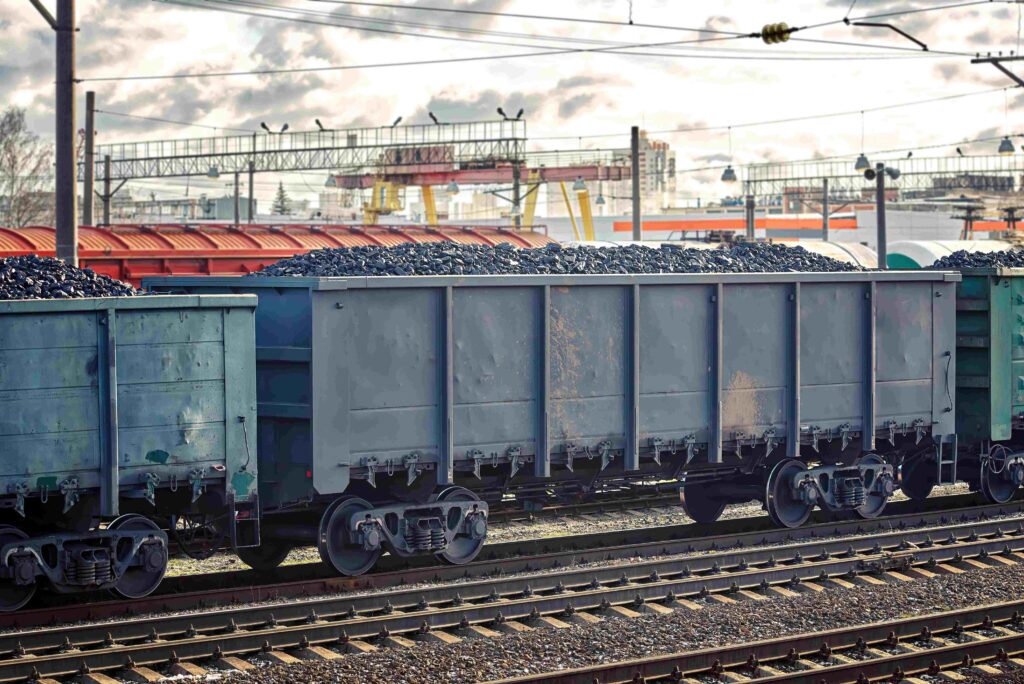

Rail shipments of Russian coal to ports in January-February 2024 decreased to 30.5 mio t (-3.7 mio t or -10.8% y-o-y). Moreover, the main decline accounted for high-quality coal from Kuzbass and anthracite from Novosibirsk region. The negative dynamics was driven by a shortage of transportation capacity to northwestern and far eastern ports, as well as a halt of shipments to Taman.
For the second month in a row, suppliers have been suspending shipments to Taman (the largest terminal in southern Russia with transshipment output of 25.5 mio t in 2023) due to high transshipment rates, leading to negative export profitability. In March, there are still no requests for transportation to Taman, therefore this direction will also show negative dynamics in the current month in relation to March 2023, when 2.4 mio t of coal were shipped.
Besides, according to preliminary estimates, the sanctions against SUEK and Mechel will lead to a drop in exports by 30 mio t in 2024, but the losses for the international market may turn out to be more significant due to the extension of sanctions to the ports related to these companies.
Additional pressure on Russian coal suppliers is exerted by export duties reintroduced from March 1, 2024, which may increase the cost of coal sales by 4-7%, or by $8.0-12.0/t on CFR terms, depending on the ruble-dollar exchange rate. Exporters will have to pay the duty as early as in March even under contracts signed earlier.
Thus, it is obvious that Russian coal export volumes will decrease in Q1 2024, sharply limiting the supply of high-CV material and PCI coal in April-May.
Russian exporters will not be able to compensate for the lost volumes in the future even in case of favorable conditions on the international market, since constrained capacity of the railway infrastructure in Russia restricts rapid increase in rail freight flows.
Source: CAA












